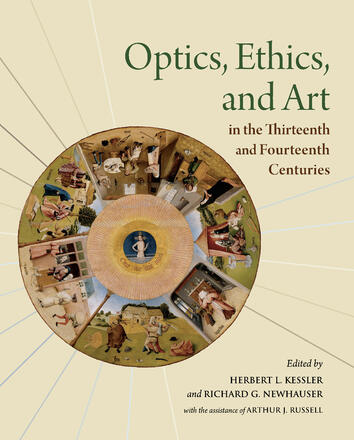
Optics, Ethics, and Art in the Thirteenth and Fourteenth Centuries
Looking into Peter of Limoges's Moral Treatise on the Eye
Description
This volume examines afresh the various ways in which the introduction of ancient and Arabic optical theories transformed thirteenth-century thinking about vision, how scientific learning came to be reconciled with theological speculation, and what effect the results of these new developments had on those who learned about them through preaching. The contributions underscore the fact that Greek optical science was known earlier than has been often assumed, and also emphasize the ways in which Christian theories of vision had long included those in which light was a metaphor for God and in which looking at an object in a straight line of sight might be reckoned as just, while oblique vision could be understood as corrupt. Physiological vision always involved interference and, hence, implicated ethics and morality. Governed by a knowledge of Scripture, edified by exempla, and perfected through scrutiny, the results of perception had the potential to elevate the material world onto a more spiritual plane.
At the core of this collection of essays lies Peter of Limoges's Tractatus moralis de oculo, a compilation designed for the preparation of sermons that drew creatively on the best-known theorists of optical science in late thirteenth-century Paris. The work is remarkable not only for subsuming science into the edifice of theology, but also for glossing the physiology of the eye and theories of perception in terms of Christian ethics and moralization, thereby making esoteric learning accessible to the public (including artists) through preaching. Transgressing traditional boundaries between art history, science, literature, and the history of religion, the book's nine essays complicate the generally accepted understanding of the impact science had on thirteenth-century visual culture.
Reviews
"A volume about what Foucault would have called disciplining the senses, but here is better characterized as edifying the eye or the senses, this compendium of art and intellectual history charts new paths into the fascinating and fecund later Middle Ages. The goal of the volume is to interrogate afresh how ancient and Arabic optical theories transformed later medieval thinking about vision, how scientific learning came to be reconciled with theological speculation, and what effect these results had on those who learned about them through preaching." -- Robert Nelson (Yale University)